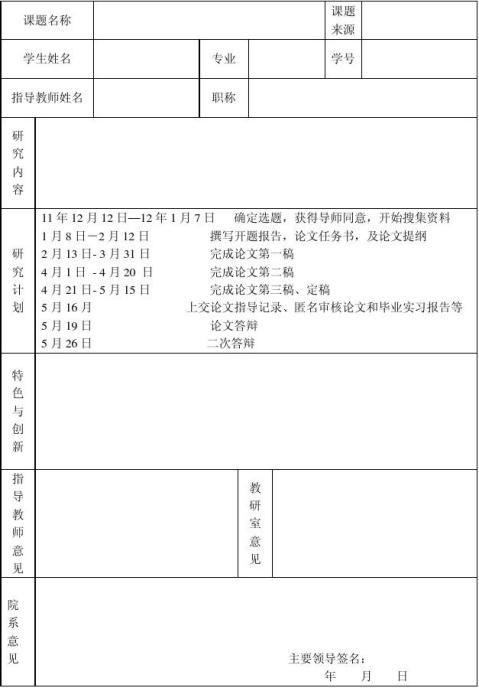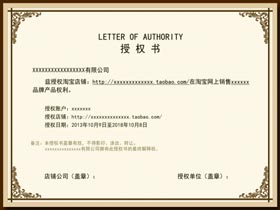CONTENTS
(以上字体Times New Roman, 小3号;加粗)
(以下字体均为:Times New Roman;小4号;行距:1.5倍)
ACKNOWLEDGEMENTS
Abstract (in English)…………………………………………………………………..1
Abstract (in Chinese) ………………………………………………………………….1
Ⅰ Introduction………………………………………………………………………...1
1.1Multi-Media With Erroneous Zones………………………………………………1
1.1.1 Erroneous Zone 1……………………………………………………………2
1.1.2 Erroneous Zone 2……………………………………………………………2
1.1.3 Erroneous Zone 3……………………………………………………………2
…… …… 余下全文



